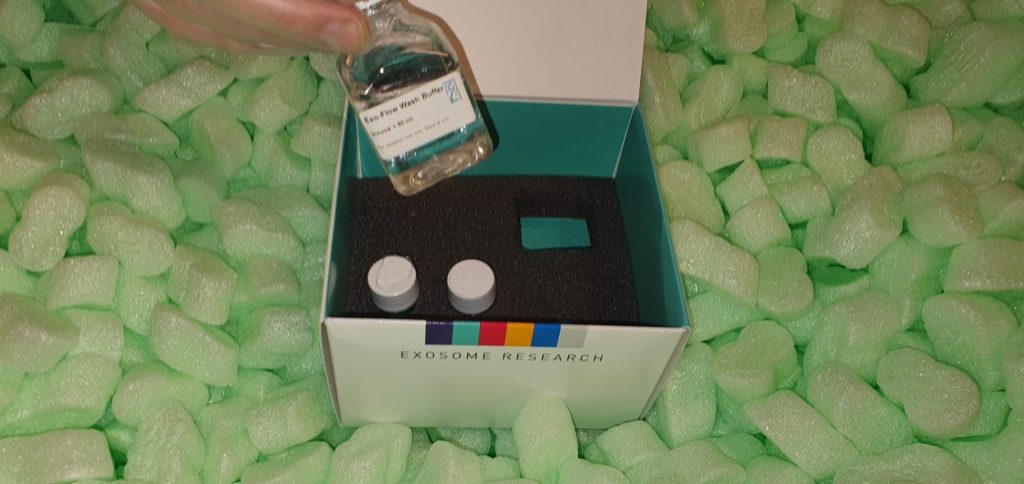Urine cytology is a take a look at for the detection of high-grade bladder most cancers. In medical follow, the pathologist would manually scan the pattern beneath the microscope to find atypical and malignant cells. They would assess the morphology of these cells to make a analysis. Accurate identification of atypical and malignant cells in urine cytology is a difficult process and is a vital half of figuring out totally different analysis with low-risk and high-risk malignancy.
Computer-assisted identification of malignancy in urine cytology might be complementary to the clinicians for remedy administration and in offering recommendation for finishing up additional exams. In this research, we introduced a technique for figuring out atypical and malignant cells adopted by their profiling to foretell the chance of analysis mechanically.
For cell detection and classification, we employed two totally different deep learning-based approaches. Based on finest performing community predictions on the cell-level, we recognized low-risk and high-risk instances utilizing the depend of atypical cells and the overall depend of atypical and malignant cells. The space beneath the ROC curve reveals {that a} whole depend of atypical and malignant cells is comparably higher at analysis as in comparison with the depend of malignant cells solely.
We obtained space beneath the ROC curve with the depend of malignant cells and the overall depend of atypical and malignant cells as 0.81 and 0.83 respectively. Our experiments additionally reveal that the digital threat could possibly be a greater predictor of the ultimate histopathology based analysis. We additionally analyzed the variability in annotations at each cell and entire slide picture degree and in addition explored the attainable inherent rationales behind this variability. This article is protected by copyright. All rights reserved.
COMPARISON OF FECAL CYTOLOGY AND PRESENCE OF CLOSTRIDIUM PERFRINGENS ENTEROTOXIN IN CAPTIVE BLACK-FOOTED FERRETS ( MUSTELA NIGRIPES) BASED ON DIET AND FECAL QUALITY
The black-footed ferret (Mustela nigripes) is an endangered mustelid native to North America. Gastroenteritis is a documented trigger of morbidity and mortality in managed people, notably by infectious brokers. Fecal cytology is a cheap and speedy take a look at that may assist information medical administration methods for animals with enteritis; nonetheless, regular parameters haven’t been established in black-footed ferrets. The goal of this research was to characterize fecal cytological findings of 50 fecal samples from 18 black-footed ferrets that obtained two totally different weight-reduction plan sorts (floor meat versus entire prey) and that had been visibly judged to be regular or irregular.
This research additionally examined for the presence of Clostridium perfringens enterotoxin by enzyme-linked immunosorbent assay in all irregular and a subset of regular fecal samples. Significantly increased spore-forming micro organism and yeast prevalence had been current in regular feces from people following the meat-based in contrast with the whole-prey weight-reduction plan.
Samples from people with irregular feces had considerably extra spore-forming micro organism than regular feces, regardless of weight-reduction plan. Normal feces had increased diplococci and spore-forming micro organism in contrast with home canine and feline requirements. A single irregular fecal pattern was optimistic for enterotoxin and originated from the one animal requiring remedy.
Results point out that low numbers of spore-forming micro organism might be present in fecal samples from clinically regular black-footed ferrets. Fecal cytology reveals considerably elevated spore-formers in clinically irregular ferrets and in clinically regular ferrets following a floor meat-based weight-reduction plan.
The prognostic affect of peritoneal washing cytology for in any other case resectable extrahepatic cholangiocarcinoma sufferers
The medical significance of peritoneal washing cytology (PWC) for cholangiocarcinoma sufferers stays unclear. The medical knowledge of 137 extrahepatic cholangiocarcinoma sufferers who obtained PWC and healing surgical procedure had been retrospectively analyzed. Among the 137 sufferers analyzed, 5 (3.6%) had optimistic PWC, and 132 (96.4%) had unfavorable PWC.
The median survival time in sufferers with unfavorable PWC was 6.45 years, and the general 1-, 2-, and 5-year survival charges had been 86.5%, 75.3%, and 51.6%, respectively. The median survival time in sufferers with optimistic PWC was 2.56 years, and the general 1-, 2-, and 5-year survival charges had been 60.0%, 60.0%, and 40.0%, respectively.

A multivariate evaluation revealed that optimistic lymph node metastasis (P < 0.001), optimistic perineural invasion (P = 0.014) and no use of adjuvant chemotherapy (P < 0.001), however not optimistic PWC had been independently related to a worse total survival. In conclusion, surgical procedure and subsequent chemotherapy may be a therapeutic choice for cholangiocarcinoma sufferers with optimistic PWC.
Diagnostic mesothelioma biomarkers in effusion cytology
Malignant mesothelioma is a uncommon malignancy with a poor prognosis whose growth is said to asbestos fiber publicity. An growing position of genetic predisposition has been acknowledged not too long ago. Pleural biopsy is the gold commonplace for analysis, during which the identification of pleural invasion by atypical mesothelial cell is a significant criterion.
Pleural effusion is often the primary signal of illness; subsequently, a cytological specimen is usually the preliminary or the one specimen obtainable for analysis. Given that reactive mesothelial cells might present marked atypia, the analysis of mesothelioma on cytomorphology alone is difficult. Accordingly, cell block preparation is inspired, because it permits immunohistochemical staining.
Traditional markers of mesothelioma equivalent to glucose transporter 1 (GLUT1) and insulin-like progress issue 2 mRNA-binding protein 3 (IMP3) are informative, however tough to interpret when reactive proliferations aberrantly stain optimistic. BRCA1-associated protein 1 (BAP1) nuclear staining loss is very particular for mesothelioma, however sensitivity is low in sarcomatoid tumors.
Cyclin-dependent kinase inhibitor 2A (CDKN2A)/p16 homozygous deletion, assessed by fluorescence in situ hybridization, is extra particular for mesothelioma with higher sensitivity, even within the sarcomatoid variant. The surrogate marker methylthioadenosine phosphorylase (MTAP) has been discovered to reveal wonderful diagnostic correlation with p16.
[Linking template=”default” type=”products” search=”DNA-Sorb-D DNA extraction kit from liquid-based cytology samples (Cytoscreen, PreservCyt,..)” header=”3″ limit=”186″ start=”4″ showCatalogNumber=”true” showSize=”true” showSupplier=”true” showPrice=”true” showDescription=”true” showAdditionalInformation=”true” showImage=”true” showSchemaMarkup=”true” imageWidth=”” imageHeight=””]
The goal of this evaluate is to supply a vital appraisal of the literature concerning the diagnostic worth of many of these rising biomarkers for malignant mesothelioma in effusion cytology.

